Taking Control of Your Archives: Why ArchiveBox Matters

For years, Archive.org has been one of the most valuable sites on the Internet, not only for OSINT research but also for various other tasks. Many others and I used it to archive copies of information that we found useful and trusted that it would be there for us when we needed it. Archive.org has […]
YouTube Video Review of Defcon 31 Talk by Patrick Warren
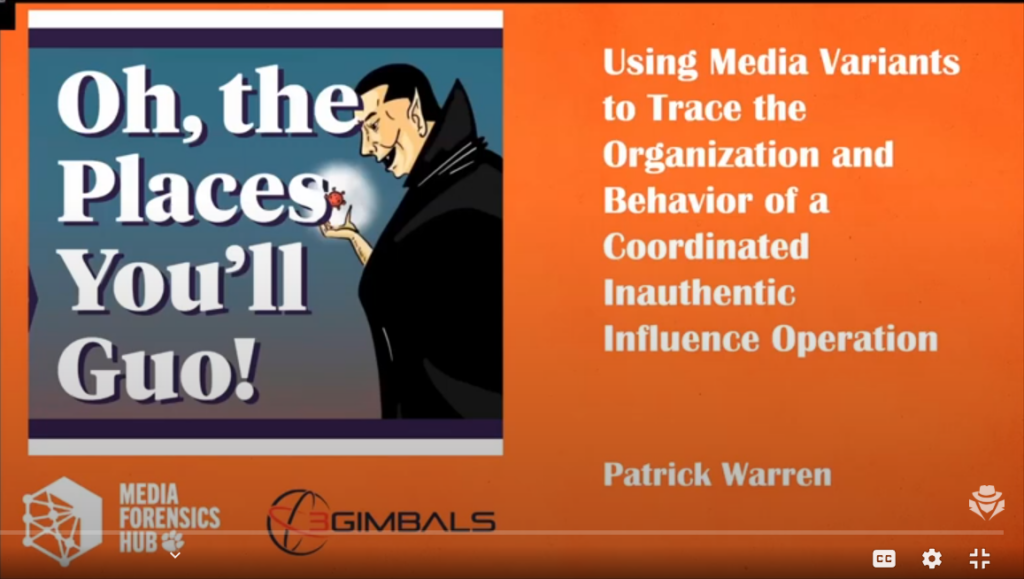
Anyone who has ever taken an OSINT course with me has heard me say, “Metadata is in play far more often than people think.” To help demonstrate that, I often reference a talk by Patrick Warren from the Reconnaissance Village at Defcon31. Warren and his team (some fantastic people I had the privilege of spending […]
Making Fabric More Friendly: Windows Batch File Tips

I’ve already mentioned the Fabric framework, which attempts to minimize the friction between AI and users in several blog posts. I still plan on doing posts showing step-by-step how to install Fabric on different operating systems, but in the meantime, I wanted to show an example of shortcuts I use on Windows to make Fabric […]
Unpin Your Browser: Streamline OSINT Research with Obsidian Web Clipper
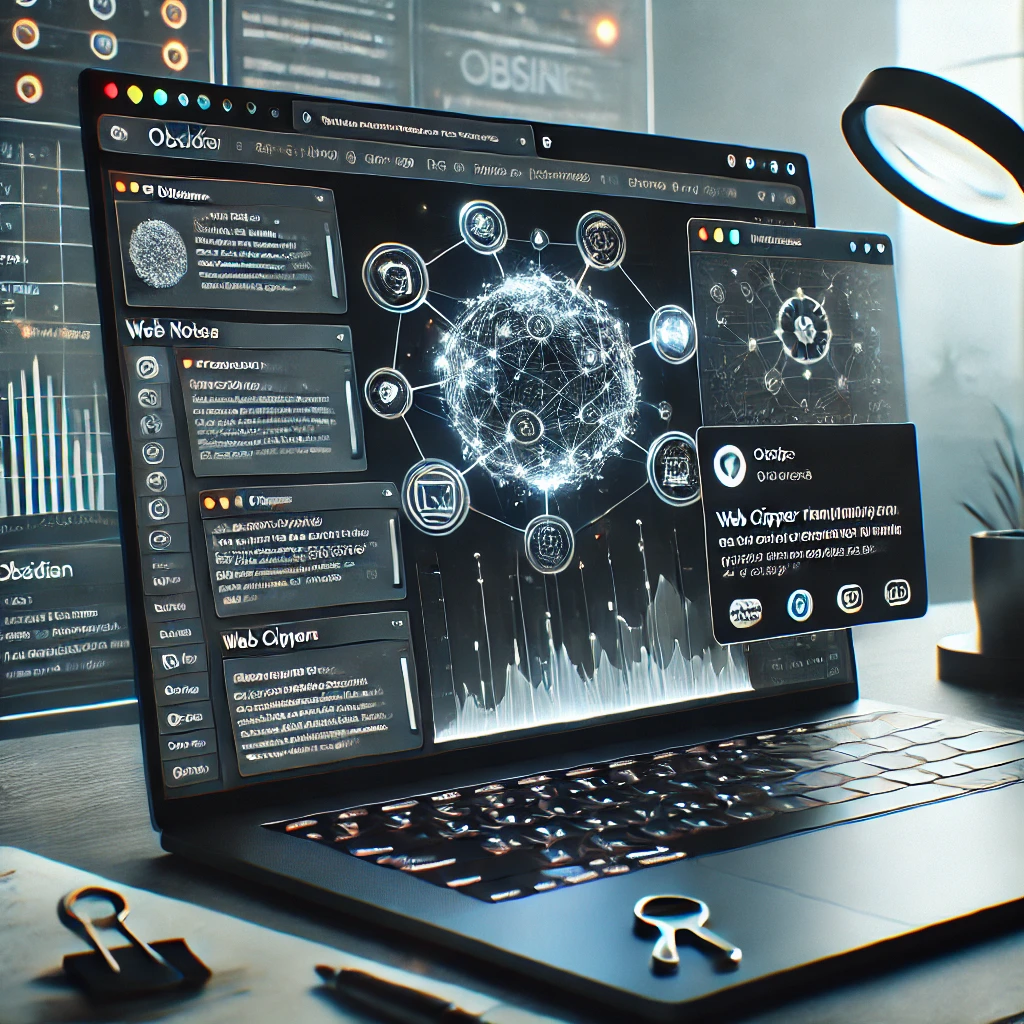
Anyone who has taken an OSINT class with me knows how much I love Obsidian. In addition to taking notes, I use it to organize my tasks, priorities, and other details for my SANS courses, business, and personal life. Like many practitioners, I rely on pinned browser tabs as temporary bookmarks for interesting content I’d […]
Hiding in Plain Sight Part Three: Watching the Watchers
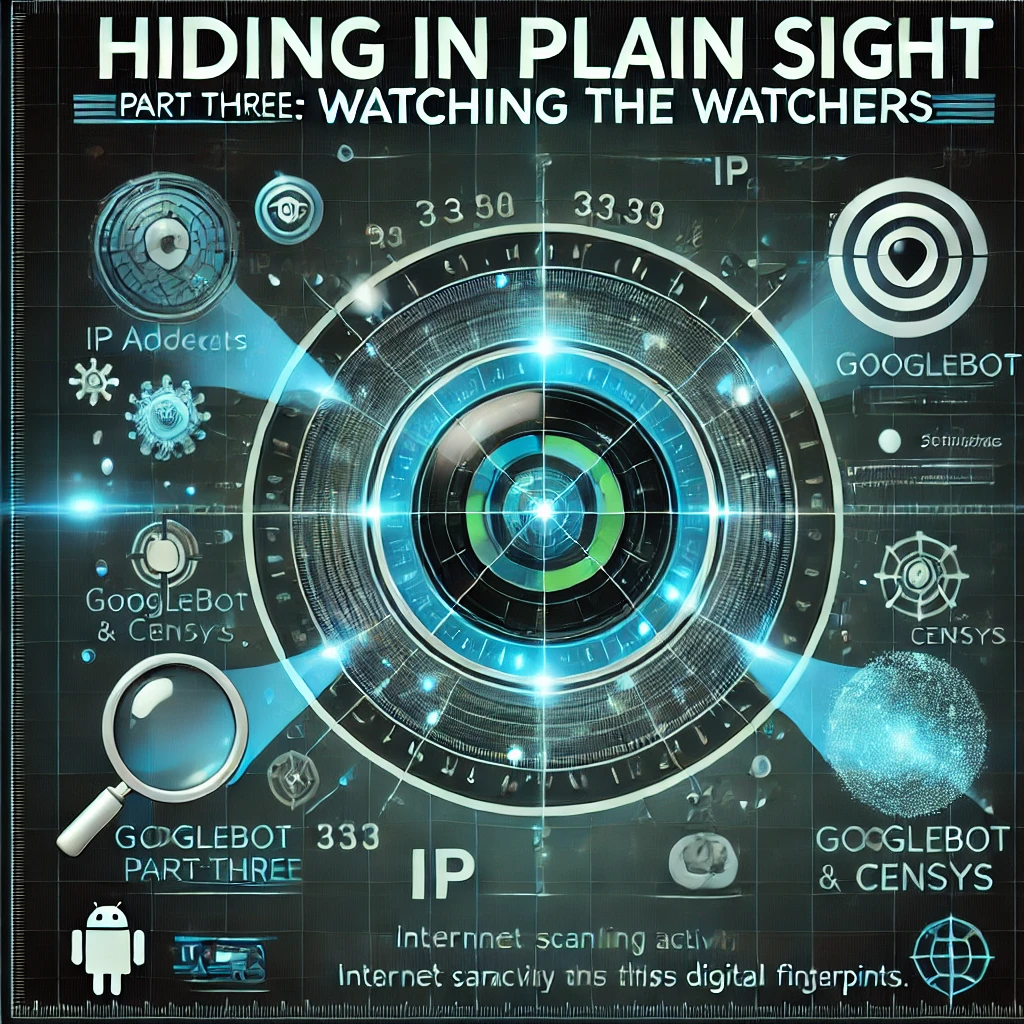
The internet is constantly being scanned by various services – from search engine crawlers to security research platforms. While examining a public web server’s logs is one way to observe these scanners, not everyone has access to one. Thankfully, Greynoise.io offers a powerful alternative that lets us peek behind the curtain of internet-wide scanning activity. […]
Hiding In Plain Sight Continued
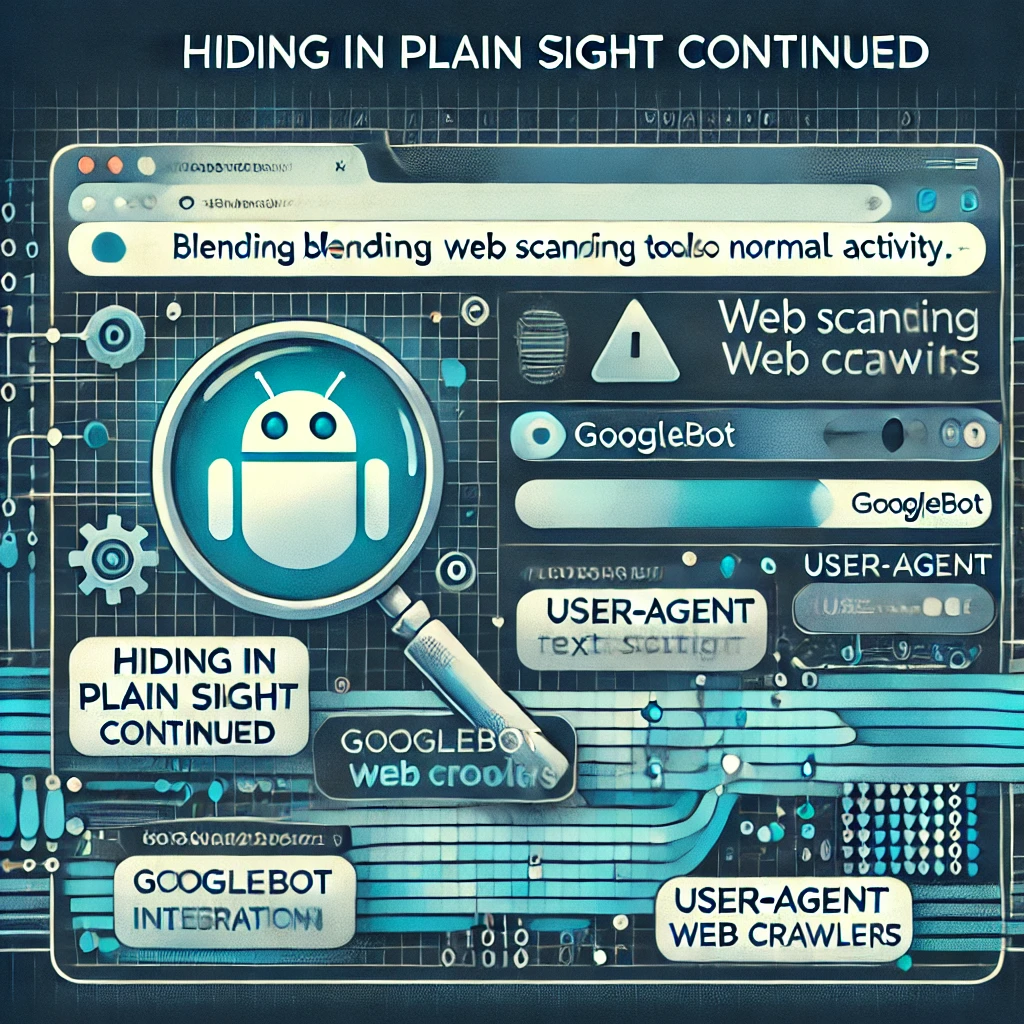
Let’s look at exactly how to configure GoWitness to blend in with normal internet traffic. The settings we’ll use aren’t complicated, but each one serves a specific purpose in making our scanning look unremarkable. The most important setting is the user agent string. GoWitness (version 3.0.5) lets you set this with the –user-agent flag. Here’s […]
Hiding in Plain Sight

When you’re scanning websites, you want to be invisible. Not by being completely undetectable – that’s nearly impossible – but by looking like ordinary internet noise. It’s like walking down a busy street: you don’t want to wear a disguise that makes you stand out. You want to blend in with the crowd. I recently […]
Preserving LLM Chat Context: From Conversation to Reusable Prompt

One of the most powerful features of Large Language Models (LLMs) like ChatGPT or Claude is their ability to learn from conversation context. When you interact with these models through their web interfaces, they adapt to your preferences and feedback, ultimately leading to high-quality outputs that require minimal adjustments. But what happens when you want […]
The Friction Problem: How Fabric is Improving AI Integration

Daniel Meisler recently created a framework called Fabric, which does something that sounds simple but turns out to be revolutionary: it removes the friction between humans and AI. While attending one of Meisler’s Augmented virtual trainings featuring Fabric, he made a few predictions about our future relationship with AI. He believes it’s inevitable that we’ll […]
Inside the SANS SEC587 Advanced OSINT Course Overhaul
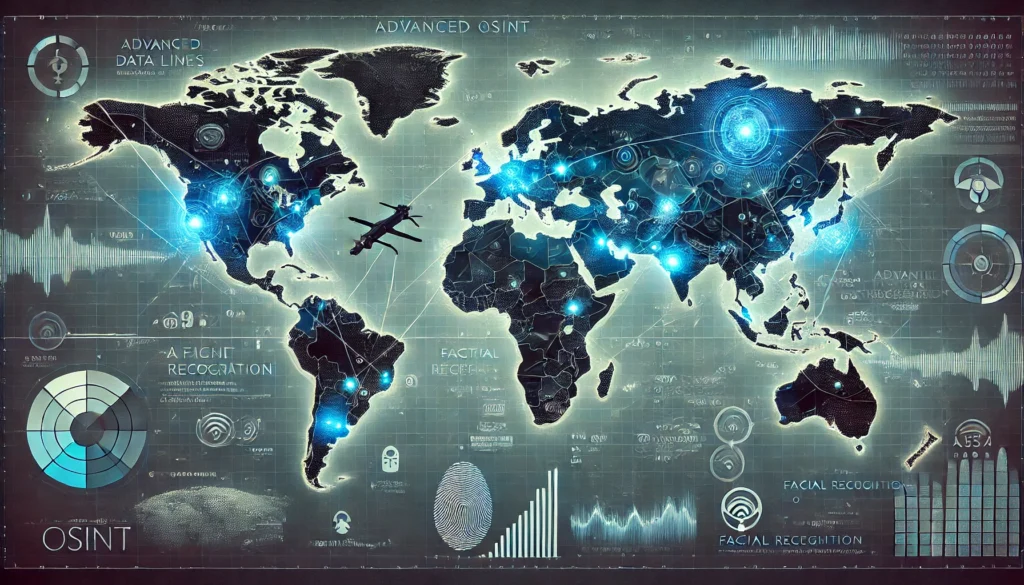
After writing the SEC497 Practical OSINT Course, I expected 2024 to be a bit of a downshift in a lot of ways. What wasn’t on my threat model was being asked to take over authorship of the SEC587 Advanced OSINT Course. Most fields evolve slowly. Open-Source Intelligence (OSINT) isn’t one of them. Practitioners today face […]

